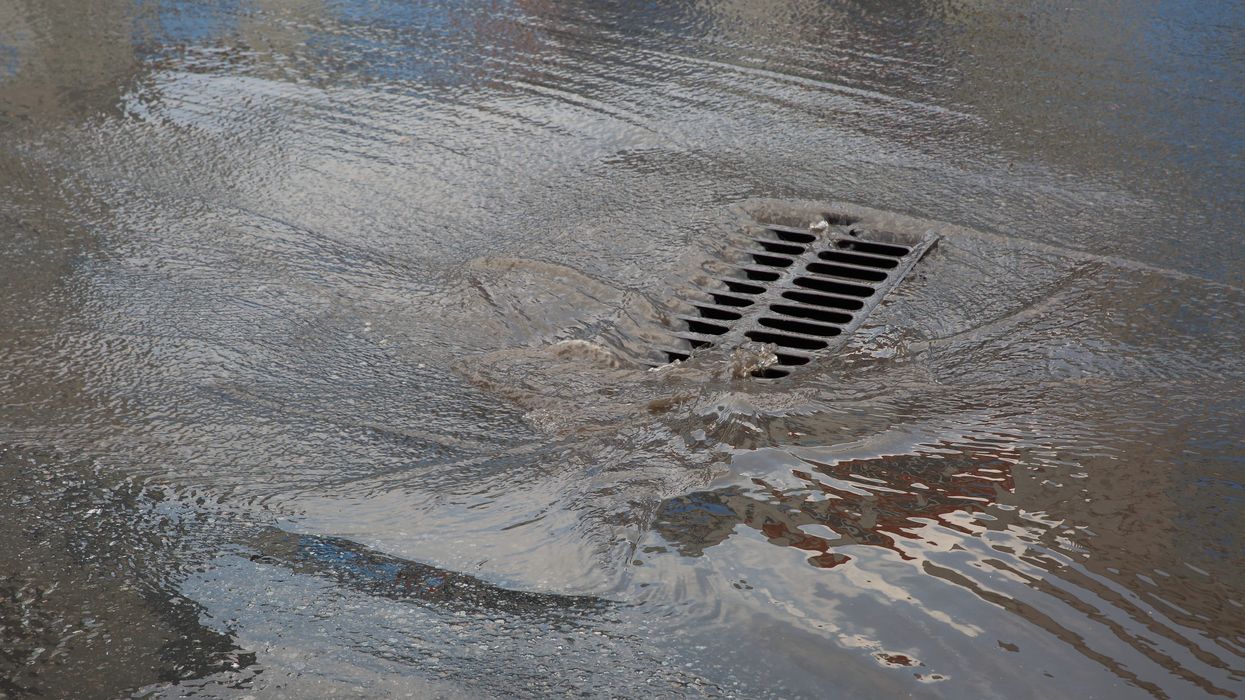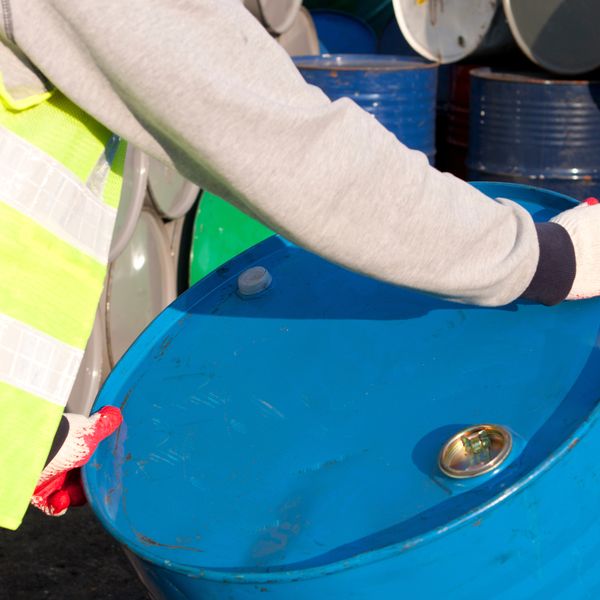Enforcement Focus
A look at where regulators are focusing their enforcement efforts
Enforcement action and monetary penalties are unfortunately common in environmental programs and prove costly to companies. Beyond the penalty assessed, companies often spend even more improving processes to prevent recurrence. This section shares some of the headlines and presents take-away lessons. What happened, and how do you avoid the same situation?
Air
EPA issued a hefty penalty to an Alaskan fuel distribution company that failed to comply with the CAA New Source Performance Standards and National Emission Standards for Hazardous Air Pollutants for bulk gasoline terminals. The company had not installed air pollution controls to capture vapors released from gasoline storage tanks and a loading rack used to fill tanker trucks at an air terminal in Alaska. EPA estimated the violation resulted in more than 100,000 pounds of excess gasoline vapors being emitted into the environment.
Enforcement action: $1,337,365 civil penalty
Lessons learned:
- Control equipment should be installed and maintained to protect the environment.
- Creating preventative maintenance or periodic audit schedules can help identify missing equipment and avoid non-compliance.
Hazardous waste
Alabama Department of Environmental Management has proposed a penalty to a solar panel manufacturing company in the state. The Department found multiple violations relating to the reporting, transportation, and disposal of hazardous wastes from the operations. Specifically, it appears the company failed to correctly classify a hazardous waste as such, resulting in subsequent transport and disposal of the waste as non-hazardous, creating compounding violations.
Enforcement action: $192,500 civil penalty
Lessons learned:
- Accurate waste classification and documentation is critical as management of the waste is determined by that first step.
Water quality
A cattle company in Iowa was found to have been discharging contaminated stormwater without a permit, to the Des Moines River. The CWA requires permitting for cattle feeding operations with more than 300 animals and that discharges contaminated water through “man-made conveyances.” In this case, the company had used a pipe to discharge stormwater into the river for more than a month. After being challenged in court, the Clean Water Act violation and penalty were upheld.
Enforcement action: $76,000 civil penalty
Lessons learned:
- It is important to understand when stormwater discharges become “point sources” and then need to be considered for permitting applicability.
Pesticides management
An international airline carrier was given a penalty for importing multiple shipments of an unregistered drinking water disinfectant and for failing to make required notifications of one cleaning disinfectant shipment; both were violations of the federal FIFRA. The drinking water disinfectant hadn’t been evaluated for its public health claims or potential effects on human health and environment, critical steps in the pesticide registration process.
Enforcement action: $100,000 civil penalty
Lessons learned:
- FIFRA compliance responsibilities fall on the shoulders of multiple parties, including transporters. If you are involved in transporting hazardous materials, validate records are in place.



















































